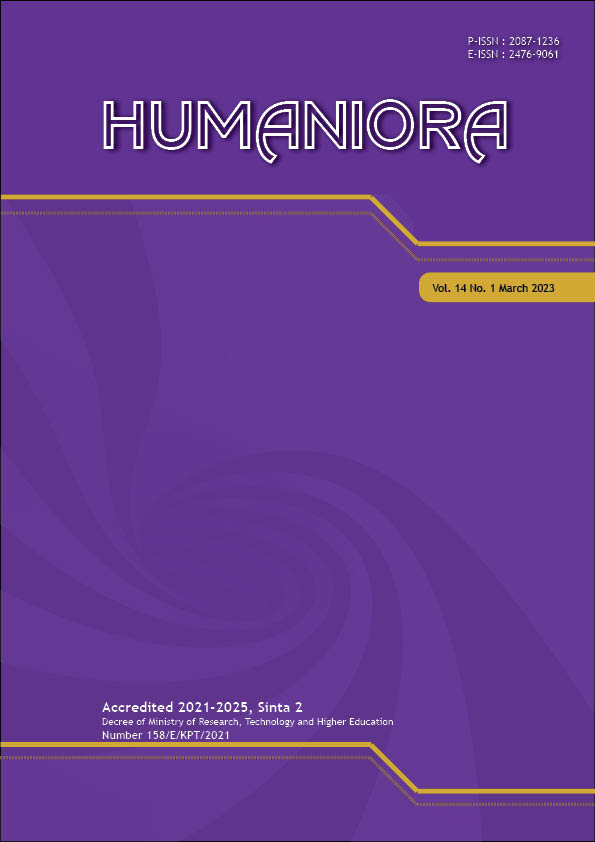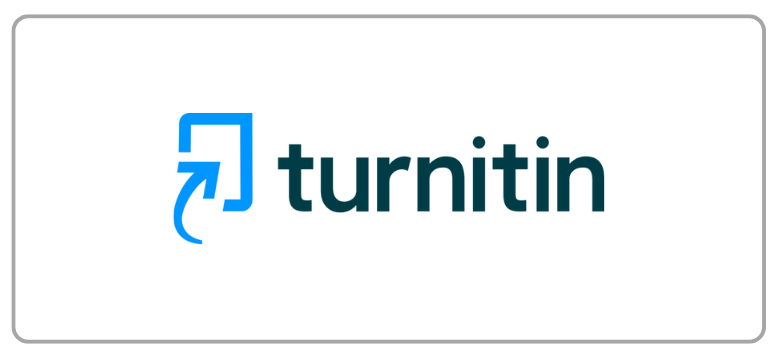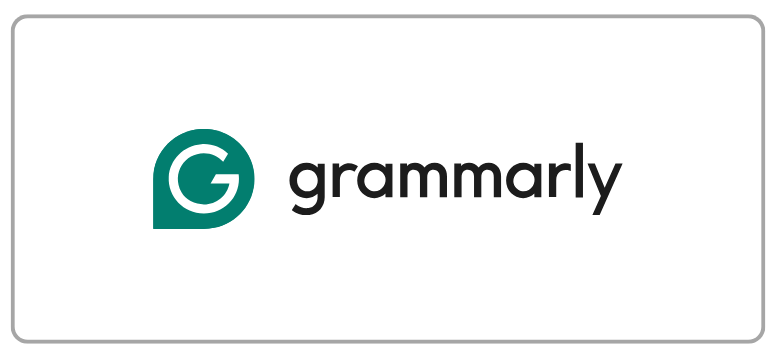Cognition and Ideology in the Irony of the Batak Toba Language
DOI:
https://doi.org/10.21512/humaniora.v14i1.8470Keywords:
Batak Toba, cognition, conceptual metaphor, ideology, ironyAbstract
The research discussed the irony of the Batak Toba language that was studied in two domains at once, namely the realization of the process of cognition and the realization of social praxis. The process of cognition was analyzed using a conceptual metaphorical approach, while social praxis used a critical discourse analysis approach of Fairclough's model. The research involved the qualitative research. The data obtained from various sources, such as eight song lyrics, nine folk tales, two sermons, one traditional procession, and two oral conversations. Data collection was done by sorting out which expressions were classified as irony, determining metaphors, mapping the source and target domains, then identifying cognitive processes and social praxis. It is found that irony in the Batak Toba language realizes the ability of cognition, which can be seen from the use of metaphors of animals, plants, body parts, and even inanimate objects in conceptualizing character, identity, attitudes, behavior, and human existence. Irony in the Batak Toba language also realizes social praxis. This is because irony shows a connection with the surrounding nature, describes the reality of social value identity, shows euphemism expressions to avoid social conflict, and describes ideology in maintaining good horizontal relations. Thus, it can be concluded that the irony of the Batak Toba language realizes the ability of cognition and ideology of the Batak Toba people, which can reflect the local wisdom of the community itself.
References
Adams, S. M., Case, T. I., Fitness, J., & Stevenson, R. J. (2017). Dehumanizing but competent: The impact of gender, illness type, and emotional expressiveness on patient perceptions of doctors. Journal of Applied Social Psychology, 47(5), 247-255. https://doi.org/10.1111/jasp.12433.
Alvionita, R. (2018). Representasi situasi sosial dan konstruksi ideologi dalam pidato pelantikan Anies Baswedan. Retorika: Jurnal Bahasa, Sastra, Dan Pengajarannya, 11(1), 57-67. https://doi.org/10.26858/retorika.v11i1.4994.
Aulia, Z. N., & Nur, T. (2020). Metafora konseptual dalam rubrik unak-anik kahirupan majalah online Manglé. Analisis Semantik Kognitif Lokabasa, 11(2), 226-236. https://doi.org/10.17509/jlb.v11i2.25251.
Beknazarova, U. U., Almautova, A. B., Yelemessova, S. M., & Abadildayeva, S. K. (2021). The cognitive function of a conceptual metaphor and its methodological foundations. Journal of Language and Linguistic Studies, 17(3), 1312-1324.
Bromberek-Dyzman, K., Jankowiak, K., & Chełminiak, P. (2021). Modality matters: Testing bilingual irony comprehension in the textual, auditory, and audio-visual modality. Journal Pragmatics, 180, 219-231. https://doi.org/10.1016/j.pragma.2021.05.007.
Ardiansyah, B., Purnanto, D., & Wibowo, A. H. (2020). Gaya bahasa bentuk metafora konseptua dalam novel Garis Waktu karya Fiersa Besari. Atavisme, 17(2), 181-191. http://dx.doi.org/10.24257/atavisme.v23i1.629.117-133.
Cenderamata, R. C., & Darmayanti, N. (2019). Analisis wacana kritis Fairclough pada pemberitaan selebriti di media daring. Jurnal Literasi, 3(1), 1-8. http://dx.doi.org/10.25157/literasi.v3i1.1736.
Colebrook, C. (2004). Irony. London and Newyork: Routledge.
Deckert, M., Schmoeger, M., Geist, M., Wertgen, S., & Willinger, U. (2021). Electrophysiological correlates of conventional metaphor, irony, and literal language processing – An event-related potentials and eLORETA study. Brain and Language, 215, 104930. https://doi.org/10.1016/j.bandl.2021.104930.
Hayuwardhani, A. R. (2019). Conceptual metaphors and image schemas in a news entitled “Katy Perry and Taylor Swift Officially Bury the Hatchetâ€: A cognitive semantic study. Journal of English Language Studies, 4(2), 170-183. http://dx.doi.org/10.30870/jels.v4i2.6200.
Huang, L. Gino, F., & Galinsky, A. D. (2015). The highest form of intelligence: Sarcasm increases creativity for both expressers and recipients. Organizational Behavior and Human Decision Processes, 131, 162-177. https://doi.org/10.1016/j.obhdp.2015.07.001.
Isnaniah, S., & Agustina, T. (2020). Covid 19" meme in social media: Study of Roland Barthes semiology. Bahtera, 19(2), 351-378. https://doi.org/10.21009/bahtera.192.010.
Kotthoff, H. (2003). Responding to irony in different contexts on cognition in conversation. Journal of Pragmatics, 35(9), 1387-1411. https://doi.org/10.1016/S0378-2166(02)00182-0.
Lahlou, H., & Rahim, H. (2022). Conceptual metaphors in North African French-speaking news discourse about COVID-19. Indonesian Journal of Applied Linguistics, 11(3), 589-600. https://doi.org/10.17509/ijal.v10i3.31763.
Luke, J. Y., Surtikanti, M. W., & Sumarlam, S. (2021). “Itu sebuah skandalâ€: Lexical and sociocultural interpretation in critical discourse analysis of Fadli Zon’s tweet. Humaniora, 12(1), 53-59. https://doi.org/10.21512/humaniora.v12i1.6907.
Luthfi, A. H. (2020). Analisis semiotika kritik sosial dalam balutan humor pada komik Faktap. Jurnal Ilmu Komunikasi. Jurnal Ilmu Komunikasi, 17(1), 19-49. https://doi.org/10.24002/jik.v17i1.1968.
Mardikantoro, H. B., Siroj, M. B., & Utami, E. S. (2020). Analysis of macrostructure and superstructure of corruption news discourse in newspapers. Retorika: Jurnal Bahasa, Sastra, dan Pengajarannya, 13(1), 11-21. https://doi.org/10.26858/retorika.v13i1.10968.
Musolff, A. (2017). Metaphor, irony and sarcasm in public discourse. Journal of Pragmatics, 10(9), 965-104. https://doi.org/10.1016/j.pragma.2016.12.010.
Nirmala, D. (2014). Proses kognitif dalam ungkapan metaforis. Parole: Journal of Linguistics and Education, 4(1), 1-13. https://doi.org/10.14710/parole.v4i1%20April.1-13.
Nuryadin, T. R., & Nur, T. (2021). Conceptual metaphors in traveling theme on Gontor magazine: Cognitive Semantic Analysis. Diglosia, 4(1), 91-100. https://doi.org/10.30872/diglosia.v4i1.72.
Preux, A. D. S., & Blanco, O. M. (2021). The power of conceptual metaphors in the age of pandemic: The influence of the WAR and SPORT domains on emotions and thoughts. Language and Communication, 8(1), 37-47. https://doi.org/10.1016/j.langcom.2021.08.003.
Rahmawati, I., & Zakiyah, M. (2021). Metafora konseptual dalam lirik lagu bertema pandemi Covid-19 karya musisi Indonesia. Jurnal Ilmiah Kebudayaan Sintesis, 15(2), 130-138.
Rasse, C., Onysko, A., & Citron, F. (2020). Conceptual metaphors in poetry interpretation: A psycholinguistic approach. Language and Cognition, 12(2), 320-342. https://doi.org/doi:10.1017/langcog.2019.47.
Reyes, A., Rosso, P., & Buscaldi, D. (2012). From humor recognition to irony detection: The figurative language of social media. Data & Knowledge Engineering, 74, 1-12. https://doi.org/10.1016/j.datak.2012.02.005.
Roselani, N. G. A. (2020). I am falling in love, ouch!: Ontological metaphors at work. Lingua Cultura, 14(1), 87-96. https://doi.org/10.21512/lc.v14i1.6343.
Saraswati, A., & Sartini, N. W. (2017). Wacana perlawanan Persebaya 1927 terhadap PSSI: Analisis wacana kritis Norman Fairclough. Mozaik Humaniora, 17(2), 181-191. https://doi.org/10.20473/mozaik.v17i2.8511.
Sari, R. P., & Tawami, T. (2018). Metafora konseptual pada wacana retorika politik. Jurnal Akrab Juara, 3(4), 59-69.
Sobari, T., & Damayanti, E. (2021). The political elites’ response discourse towards Prabowo’s speech entitled “Indonesia Punah†on Kompas.com and Republika.com. Humaniora, 12(1), 1-6. https://doi.org/10.21512/humaniora.v12i1.6563.
Usman, J., & Yusuf, Y. Q. (2020). The dehumanizing metaphors in the culture of Acehnese in Indonesia. Indonesian Journal of Applied Linguistics, 10(2), 397-405. https://doi.org/10.17509/ijal.v10i2.28611.
Wilson, D., & Sperber, D. (1992). On verbal irony. Lingua, 87(1-2), 53-76. https://doi.org/10.1016/0024-3841(92)90025-E.
Downloads
Published
How to Cite
Issue
Section
License
Copyright (c) 2023 Beslina Afriani Siagian, Mulyadi

This work is licensed under a Creative Commons Attribution-ShareAlike 4.0 International License.
Authors who publish with this journal agree to the following terms:
a. Authors retain copyright and grant the journal right of first publication with the work simultaneously licensed under a Creative Commons Attribution License - Share Alike that allows others to share the work with an acknowledgment of the work's authorship and initial publication in this journal.
b. Authors are able to enter into separate, additional contractual arrangements for the non-exclusive distribution of the journal's published version of the work (e.g., post it to an institutional repository or publish it in a book), with an acknowledgment of its initial publication in this journal.
c. Authors are permitted and encouraged to post their work online (e.g., in institutional repositories or on their website) prior to and during the submission process, as it can lead to productive exchanges, as well as earlier and greater citation of published work.
USER RIGHTS
All articles published Open Access will be immediately and permanently free for everyone to read and download. We are continuously working with our author communities to select the best choice of license options, currently being defined for this journal as follows: Creative Commons Attribution-Share Alike (CC BY-SA)


















